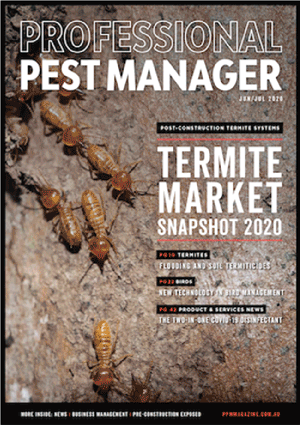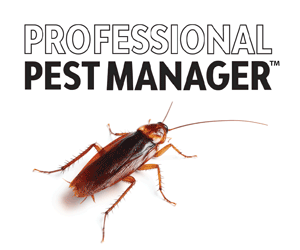Slaters (or woodlice) are sometimes encountered inside people’s homes, which is why it’s important to know how to effectively remove them.
Slaters, woodlice, pill bugs, roly-polys… these are some of the widely used common names to describe the Armadillidiidae. There is a very similar Armadillidae family, also called pill bugs, which get their name from their segmented, armoured plates on their upper body and their defensive behaviour to roll up into a ball, much like the Armadillo (mammal) found in the Americas. Slaters are only an occasional pest in buildings, but it is worth understanding a bit about their biology, prevention and control options should an issue arise.
Where do slaters live?
Firstly, it is important to recognise that slaters are land-based crustaceans, belonging to the order Isopoda. Their abdominal legs (pleopods) are modified to form thin, plate-like gills, which require a covering of water to function. To avoid dehydration, they need to live in damp environments.
They are also nocturnal and avoid the light. As such, they are typically found in damp, dark places – under rocks and logs, under garden bed mulch and in damp subfloors. However, some species have internal trachea-like breathing structures, which make them more resistant to desiccation.
Slater life cycle
Adult slaters are around 15 mm long, with seven body segments and seven pairs of legs. The different species can vary in size and colour but are typically grey/ brown.
Slaters mate during the warmer months of the year, with the females carrying the eggs in a brood pouch underneath her body. The eggs hatch within the pouch after about a month, with the young slaters emerging from the pouch several days later. These first instar slaters only have six pairs of legs. After the first moult, the young slaters have seven pairs of legs and look like miniature adults.
Unlike other arthropods, slaters have a two-stage moult – the back segments are shed first, with the front segments shed a few days later. The young slaters go through several moults over a 1-2 year period, before becoming adults. Adults can live for 2-4 years.
What do slaters eat?
Slaters mainly eat decaying plant matter. They will also occasionally eat fungi and decaying animal material. However, sometimes they will attack seedlings and root vegetables.
Are slaters harmful?
Slaters don’t bite and are not harmful to humans, although some species do secrete a noxious fluid as a defence mechanism. However, most species are readily eaten by a wide range of predators, including the woodlouse spider, Dysdera crocata.
Slaters as pests?
Slaters become nuisance pests if they come into the house. Whilst not dangerous, no-one likes creepy crawlies in the house, and if they come in, in large numbers, they can be more than a nuisance. Slaters are only likely to come inside if the flower beds around the building are moist with suitable harbourages. When they come out to forage at night, they can enter a building by accident, which becomes more likely if there is a large slater population. Slater populations tend to be at their maximum in autumn. Slaters can also appear inside during extended dry periods as they may leave their harbourages to try and find new hiding places with more moisture. Once in the home they are likely to move to dark, damp areas.
Slaters can also be an occasional pest for home gardeners, if their numbers increase to a level where they attack seedlings and root vegetables. With many vegetable patches being well watered and well mulched, it does create an ideal environment for slaters.
How to get rid of slaters?
The first and most effective step to prevent or eliminate a slater problem is to reduce moisture levels around and under the house. In particular, if garden beds are desired around the perimeter of the building, reduced watering and the use of pebbles rather than organic mulch will make it a less attractive environment for slaters. Of course, it will also make it less attractive to a wide range of pests, such as termites! The same applies to houses with a subfloor – improving the drainage and airflow in the subfloor will make it less attractive to slaters, termites and other pests.
Preventing slaters entering buildings requires checking to make sure screen doors are well fitted, with appropriate weather strips and any other cracks and crevices filled.
Eliminating slaters from veggie patches is a little more problematic as they are typically well watered and use organic mulch. Keeping the mulch back from seedlings will certainly help as slaters will tend to stay under the mulch.
If preventative measures do not eliminate the problem, insecticide applications can be considered. Slaters are very sensitive to insecticides so treatments can be very effective. A general pest spray around the perimeter of the building, ensuring it targets any entry point and reaches one metre out from the building into the garden bed, can be effective in preventing slaters entering the building.
However, such sprays won’t necessarily eliminate all slaters from garden beds, especially in locations under rocks and logs. However, for customers who do experience a slater issue, educating the customer is the first step – slaters are one of the good guys, helping recycle organic matter. So, preventative steps should be implemented first, with insecticide treatments the last resort.


